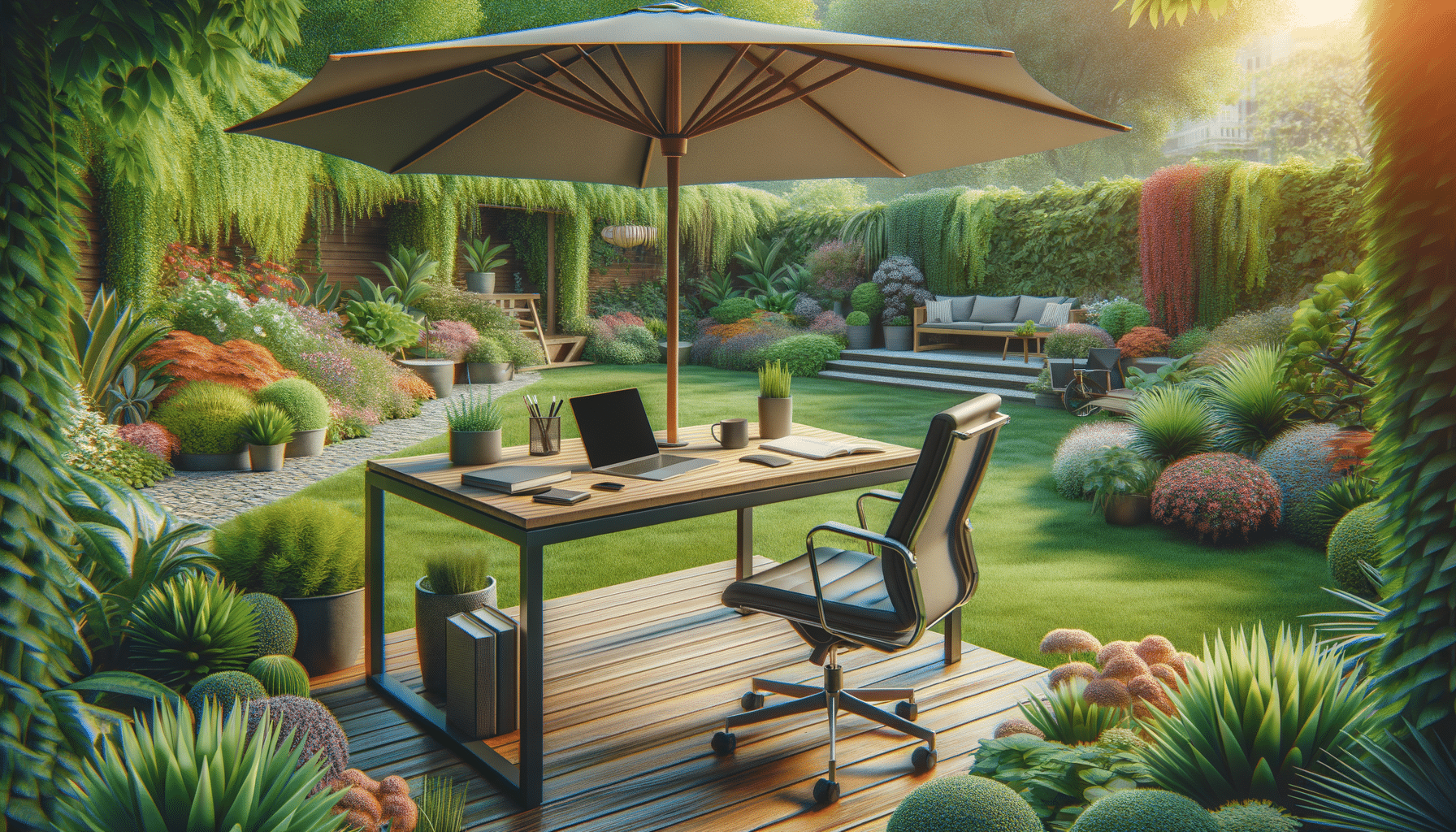
Explore more about Garden Office Workspaces
Introduction to Garden Office Workspaces
In recent years, the concept of garden office workspaces has gained significant popularity. As more individuals seek flexible working environments, the garden office emerges as a practical solution that combines the tranquility of nature with the functionality of a professional setting. These innovative spaces offer a unique blend of privacy and productivity, making them an appealing option for remote workers, freelancers, and entrepreneurs. This article delves into the various aspects of garden office workspaces, exploring their benefits, design considerations, and impact on work-life balance.
Benefits of Garden Office Workspaces
Garden office workspaces offer a multitude of benefits that cater to the modern worker’s needs. First and foremost, they provide a serene environment that fosters creativity and focus. Being surrounded by nature can significantly reduce stress levels and enhance mental well-being. This natural setting is conducive to concentration, allowing individuals to work more efficiently.
Moreover, garden offices offer the convenience of a home office while maintaining a clear separation between work and personal life. This physical distinction helps establish boundaries, reducing the likelihood of work encroaching on personal time. Additionally, the commute to a garden office is a refreshing change from traditional office settings, often involving a short walk through the garden, which can serve as a moment of relaxation before starting the workday.
From an environmental perspective, garden offices are often designed with sustainability in mind. Many are built using eco-friendly materials and incorporate energy-efficient systems, aligning with the growing emphasis on green living.
Design Considerations for Garden Offices
Designing a garden office requires careful planning to ensure it meets the user’s professional and personal needs. One of the primary considerations is the location within the garden. It’s essential to choose a spot that receives ample natural light while offering privacy from the main house and neighboring properties.
Another critical aspect is the size and layout of the office. The space should be large enough to accommodate necessary office equipment, such as a desk, chair, and storage solutions, while still leaving room for movement. The layout should promote ergonomic practices, ensuring that the workspace is comfortable and conducive to long hours of work.
Insulation and heating are also vital, especially in regions with varying weather conditions. Proper insulation ensures the office remains comfortable throughout the year, while heating solutions, such as underfloor heating or energy-efficient heaters, provide warmth during colder months.
Impact on Work-Life Balance
Garden office workspaces play a significant role in enhancing work-life balance. By offering a distinct separation between home and work environments, they help individuals switch off from work-related tasks at the end of the day. This separation is crucial in preventing burnout and promoting a healthier lifestyle.
Furthermore, the proximity to home allows for flexible working hours, enabling individuals to manage their time more effectively. This flexibility is particularly beneficial for those with family commitments, as it allows them to balance professional responsibilities with personal obligations seamlessly.
Additionally, the presence of a garden office can encourage more frequent breaks, as stepping outside into the garden for a few moments can provide a refreshing mental reset. These short breaks can enhance productivity and creativity, leading to more efficient work practices.
Future Trends in Garden Office Workspaces
As the demand for flexible working arrangements continues to grow, garden office workspaces are likely to evolve in response to changing needs. One emerging trend is the integration of smart technology, allowing for automated lighting, heating, and security systems that can be controlled remotely. This technology enhances the convenience and functionality of garden offices, making them even more appealing to tech-savvy workers.
Another trend is the incorporation of biophilic design elements, which further connect the workspace with nature. This approach includes the use of natural materials, living walls, and indoor plants, creating a harmonious and calming environment.
Lastly, as sustainability becomes increasingly important, garden offices will likely incorporate more eco-friendly features, such as solar panels and rainwater harvesting systems. These elements not only reduce the environmental impact but also offer cost savings in the long run.


